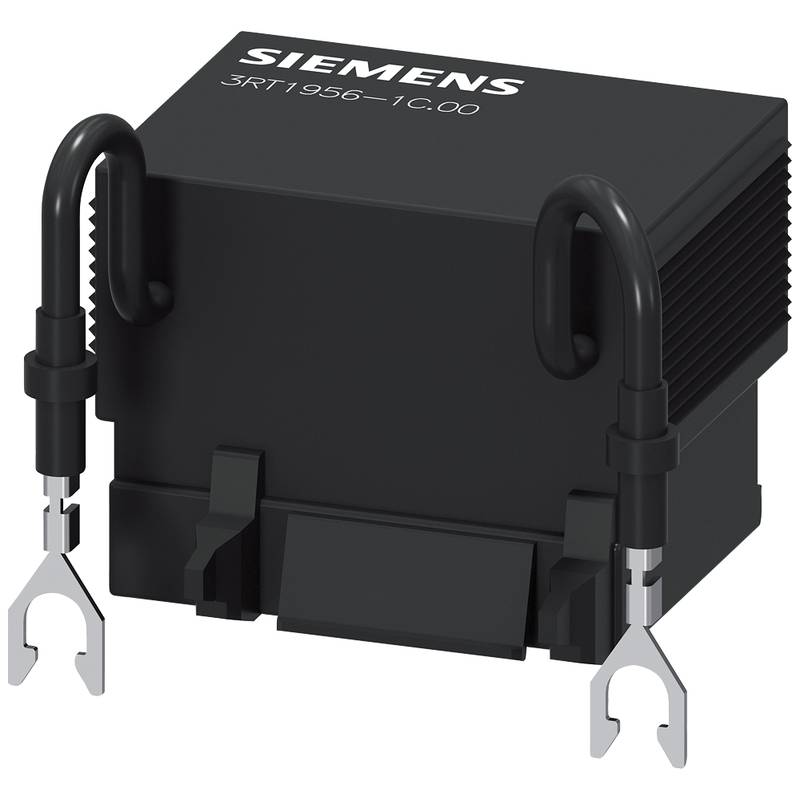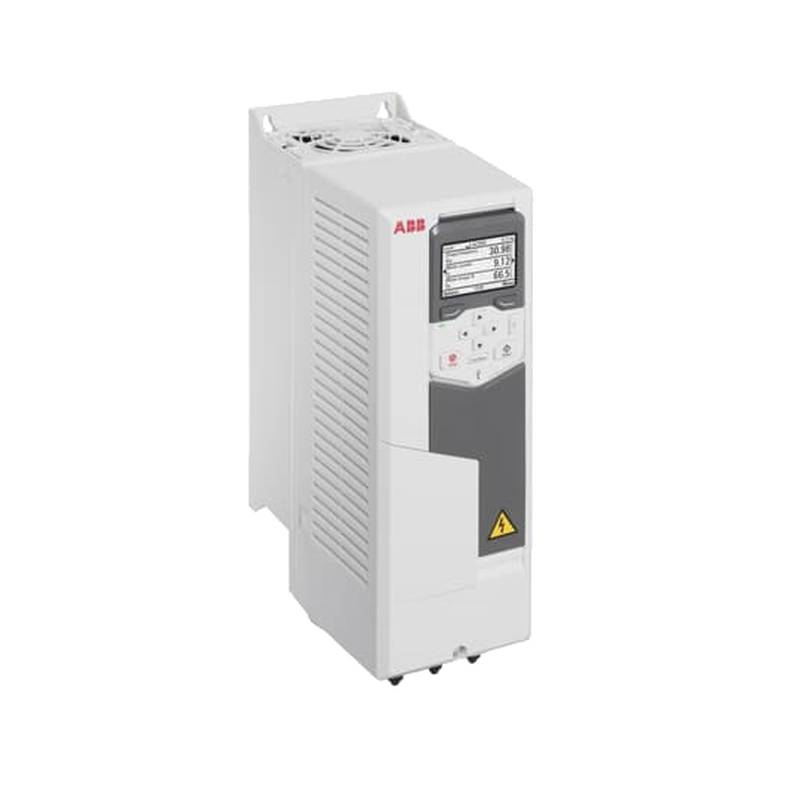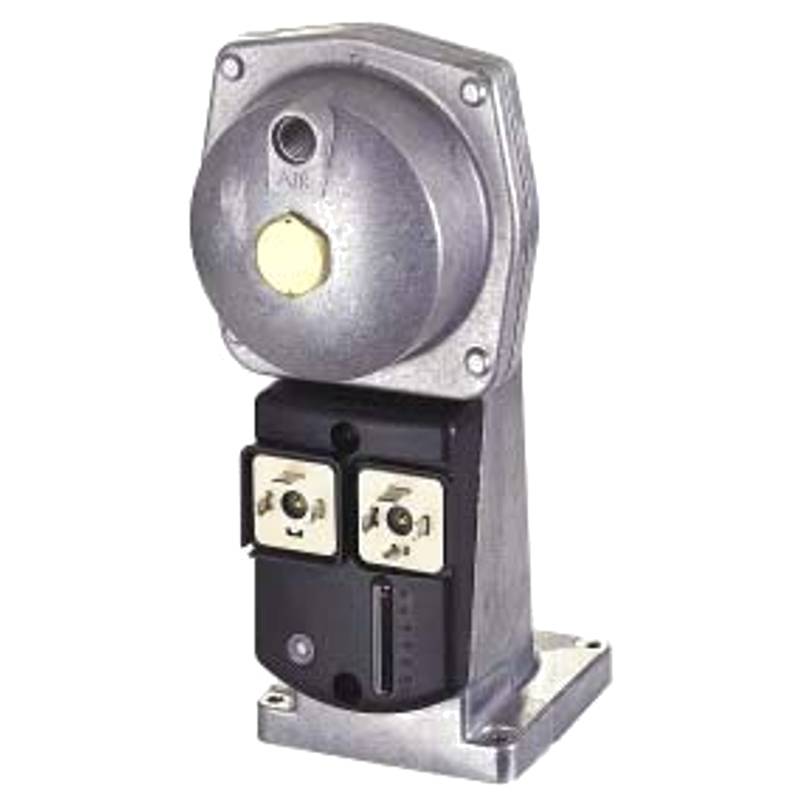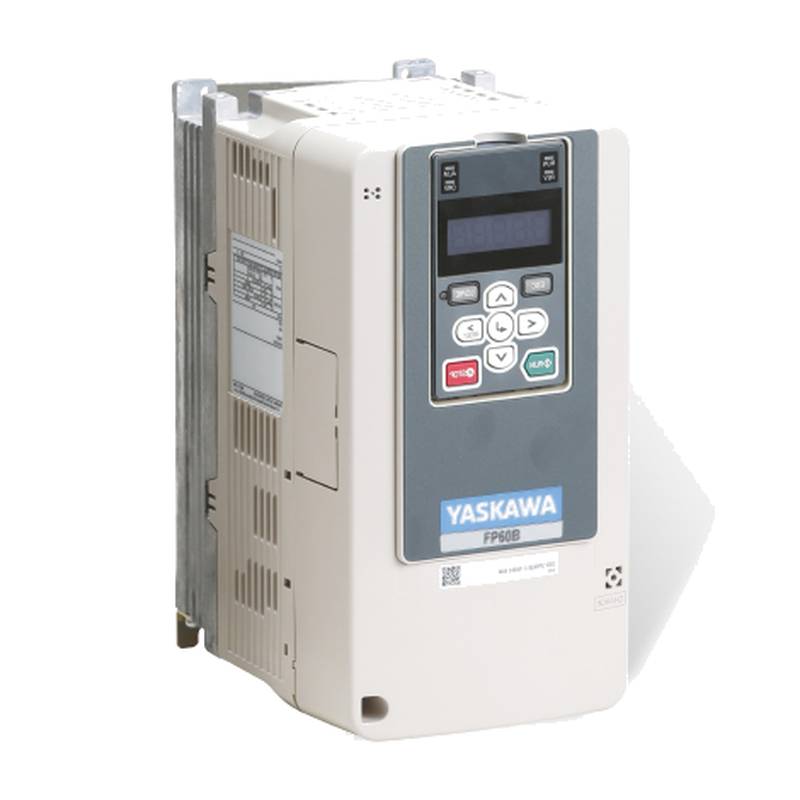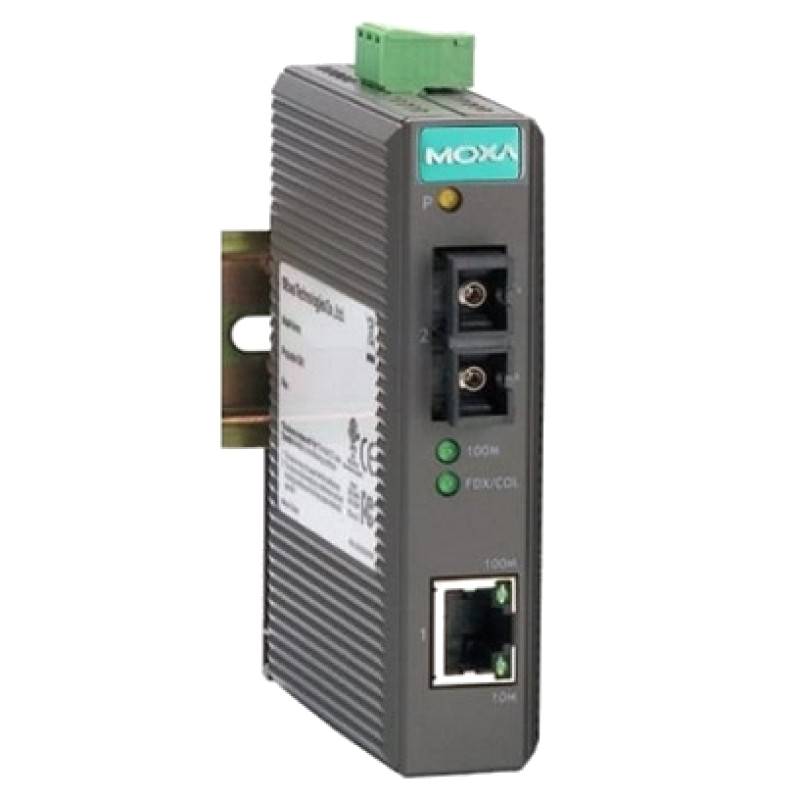
The Delta ECM-B3M-KA1315SS1 Brake Precision Positioning Servo Motor delivers exceptional performance for demanding automation tasks. Its integrated brake system ensures reliable holding torque even during power loss, crucial for safety and positional integrity. Key advantages include high accuracy, smooth operation, and robust construction for industrial environments. This servo motor boasts a rated power of 1.5 kW, a nominal torque of 4.77 Nm, and a maximum speed of 3000 rpm. The voltage rating is 200-230V, with a rated current of 9.5A. Its insulation class is F, and it features an IP65 protection rating, signifying excellent dust and water resistance. The motor is equipped with a 17-bit incremental encoder for precise feedback, contributing to its high positioning accuracy.
| Feature | Specification |
| :------------------- | :--------------------------------------------- |
| Model | ECM-B3M-KA1315SS1 |
| Rated Power | 1.5 kW |
| Nominal Torque | 4.77 Nm |
| Maximum Speed | 3000 rpm |
| Voltage Rating | 200-230V |
| Rated Current | 9.5A |
| Insulation Class | F |
| Protection Rating | IP65 |
| Encoder Resolution | 17-bit Incremental |
| Brake Type | Electromagnetic Brake |
| Holding Torque (Brake) | 15 Nm (Typical) |
Core Features & Market Positioning
The Delta ECM-B3M-KA1315SS1 distinguishes itself through its integrated electromagnetic brake, a critical feature for applications requiring absolute positional accuracy and enhanced safety. This design eliminates the need for external braking mechanisms, simplifying system design and reducing potential points of failure. The 17-bit incremental encoder provides superior resolution compared to standard 16-bit encoders, enabling finer control and more precise movements, a key differentiator in high-precision servo applications. Delta's reputation for reliability and robust industrial automation solutions further solidifies the ECM-B3M-KA1315SS1's market position as a dependable choice for engineers seeking high-performance, integrated motion control. Its ability to withstand harsh industrial conditions, underscored by its IP65 rating, makes it a preferred component for challenging manufacturing environments.
Key Application Scenarios
This precision servo motor excels in applications demanding accurate positioning and reliable holding, such as automated assembly lines, robotic pick-and-place systems, and high-speed packaging machinery. Its integrated brake is particularly valuable in vertical axis applications or where unexpected power interruptions could lead to dangerous component drops. Industries like electronics manufacturing, automotive production, and pharmaceutical packaging benefit significantly from the ECM-B3M-KA1315SS1's accuracy and safety features. It is also well-suited for CNC machinery and material handling equipment where precise load positioning and retention are paramount.
Practical System Integration Guidance
Integrating the Delta ECM-B3M-KA1315SS1 servo motor requires careful consideration of its power and control interfaces. Typically, it connects to a compatible Delta servo drive (e.g., ASDA-B3 series) via a dedicated encoder cable and power cable. Ensure the servo drive is correctly configured for the motor's parameters, including rated current, voltage, and encoder type, to optimize performance and prevent damage. Proper wiring of the brake is essential; it usually requires a dedicated power source and is controlled via a digital output from the servo drive or PLC. Always consult the servo drive's manual for specific wiring diagrams and commissioning procedures to ensure seamless integration and safe operation.
Operation and Risk Mitigation
Safe operation of the ECM-B3M-KA1315SS1 servo motor hinges on proper installation and parameterization. Always ensure the integrated brake is enabled in the servo drive's configuration when the motor is at rest or when positional holding is required. Avoid exceeding the motor's rated torque and speed limits to prevent overheating and premature wear. Common troubleshooting involves checking encoder connections for signal integrity, verifying brake engagement and disengagement signals, and ensuring the servo drive is correctly tuned to the motor's characteristics. Refer to the servo drive's fault code list for specific error diagnostics, which often indicate issues like overcurrent, overvoltage, or encoder errors.
Scalability & Long-Term Value
The Delta ECM-B3M-KA1315SS1 servo motor is designed for integration within broader automation systems, offering excellent scalability. Its compatibility with Delta's ASDA-B3 servo drives and other automation components allows for easy expansion of automated processes. The robust design and high-quality components contribute to a long operational lifespan, reducing total cost of ownership. As industries move towards Industry 4.0, integrating these servo motors with higher-level control systems and IIoT platforms enables advanced data collection, predictive maintenance, and optimized production efficiency, ensuring long-term value and adaptability.
Frequently Asked Questions
What is the primary advantage of the integrated brake on the Delta ECM-B3M-KA1315SS1?
The integrated brake provides crucial holding torque, preventing unwanted movement of the load when power is removed or during emergencies. This enhances safety by ensuring the load remains stationary, which is vital for vertical applications or on automated lines. It also simplifies system design by eliminating the need for external braking components.
How does the 17-bit encoder on this motor benefit positioning accuracy?
A 17-bit encoder offers significantly higher resolution than standard 16-bit encoders, allowing for finer control and more precise positional feedback. This increased resolution translates directly into improved accuracy for complex motion profiles and intricate automation tasks. It enables smoother acceleration and deceleration with fewer positional errors.
What types of industrial applications are best suited for the Delta ECM-B3M-KA1315SS1?
This servo motor is ideal for high-precision automation where holding torque is critical. Examples include robotic arms, pick-and-place machines, automated assembly systems, and vertical axis conveyors. It is also effective in packaging machinery and CNC equipment requiring precise tool or workpiece positioning.
What are the typical voltage and power requirements for the Delta ECM-B3M-KA1315SS1?
The ECM-B3M-KA1315SS1 operates with a voltage rating of 200-230V. Its rated power output is 1.5 kW, and it delivers a nominal torque of 4.77 Nm. These specifications are crucial for selecting an appropriate servo drive and ensuring the motor is not overloaded during operation.
How is the braking torque of the integrated brake specified, and what is its typical value?
The integrated electromagnetic brake on the ECM-B3M-KA1315SS1 typically provides a holding torque of approximately 15 Nm. This specification ensures that the motor can reliably hold a load in position even without active power. It is essential to consider this holding torque when calculating total torque requirements for an application.
What level of environmental protection does the IP65 rating offer for this servo motor?
An IP65 rating signifies that the motor is protected against dust ingress and low-pressure water jets from any direction. This robust protection makes the ECM-B3M-KA1315SS1 suitable for use in challenging industrial environments where dust, moisture, or washdown procedures are common. It enhances reliability and extends the motor's service life.
What is the role of the insulation class (Class F) in this motor?
Class F insulation can withstand higher operating temperatures compared to lower insulation classes. This means the ECM-B3M-KA1315SS1 can operate reliably in environments with elevated ambient temperatures or under demanding duty cycles. It contributes to the motor's overall durability and thermal management capabilities.
How does one typically connect the Delta ECM-B3M-KA1315SS1 to a control system?
The motor is connected to a compatible Delta servo drive, such as the ASDA-B3 series, using dedicated power and encoder cables. The brake coil is also wired, often controlled by a digital output from the servo drive or a PLC. Proper wiring is crucial for both motor operation and brake engagement.
What are common troubleshooting steps for issues with the Delta ECM-B3M-KA1315SS1's brake function?
Troubleshooting the brake involves checking for proper electrical connections to the brake coil and verifying the control signal from the servo drive or PLC. Ensure the brake is receiving the correct voltage for engagement and disengagement. Also, check for any physical obstructions preventing brake release or engagement.
Can this servo motor be integrated into networked industrial automation systems (IIoT)?
Yes, the Delta ECM-B3M-KA1315SS1 can be integrated into IIoT platforms through its compatible servo drive. By connecting the drive to a PLC or industrial PC, data on motor performance, status, and operational parameters can be collected for analysis, enabling predictive maintenance and system optimization.
















